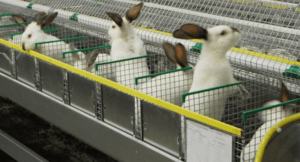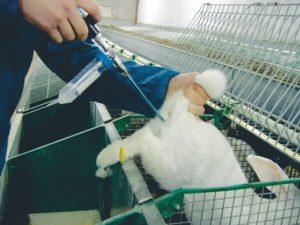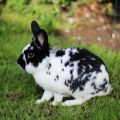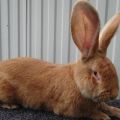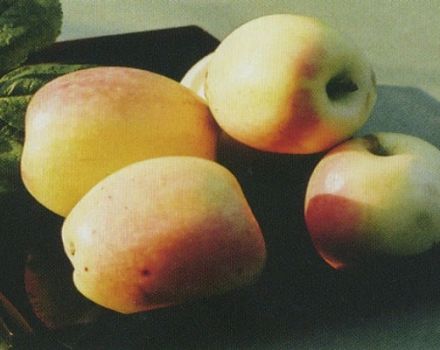TOP 5 breeds of black rabbits and their description, rules of care and maintenance
Black rabbit breeds belong to the group of unique and sought-after breeds. The even color is appreciated by breeders who breed animals for fur. The fur shines in the sun, has a strong base and does not thin out for a long time. Black breeds are characterized as calm, non-aggressive, stress-resistant animals. Breeders consider one of the advantages of black rabbits to be high rates of immune defense.
Features of black rabbits
Dark breeds were bred by selection. This group also includes animals with an uneven color. Small changes in the genetic code give rise to brown-black, chocolate, red rabbits, whose fur has good quality characteristics. Black pets attract not only high quality fur, but also calm demeanor. Black rabbits are often purchased for home keeping.
Attention! Black breeds are distinguished by early maturation.
Popular breeds
700 breeds of different colors have been bred by selection. 20 breeds are suitable for private breeding, which have the necessary characteristics, are resistant to infestations and are able to live in various conditions.
Black giant
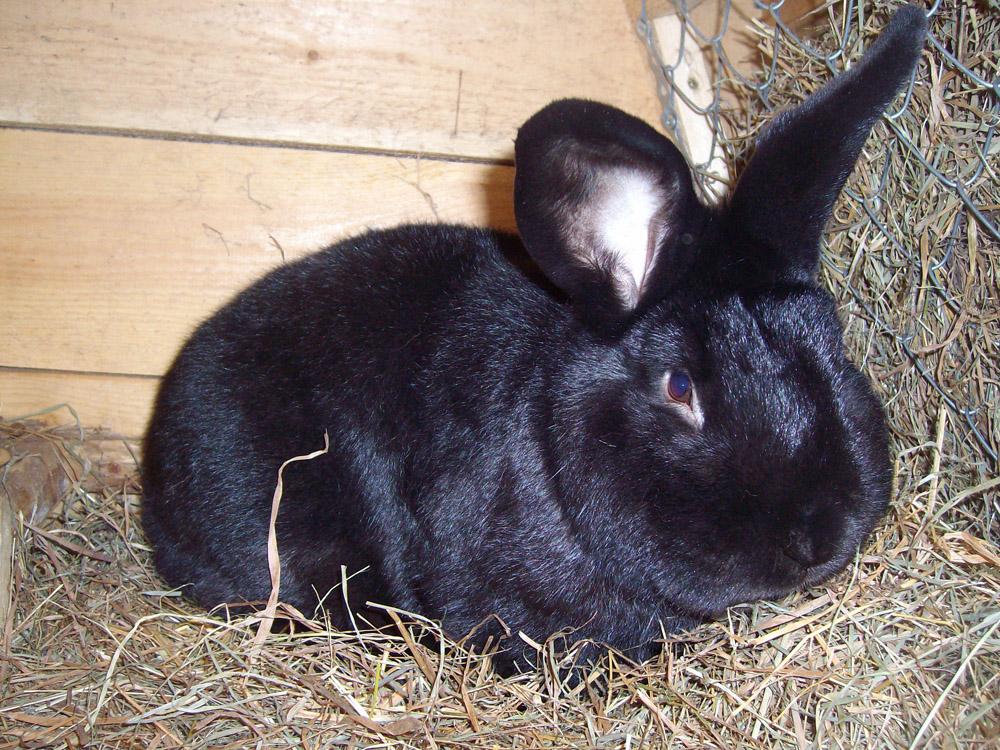
The breed is named a giant because of its physical characteristics. It is the largest of the black varieties. It is customary to grow a black giant to obtain first-class fur. This is the most common type used for industrial leather dressing.
Black New Zealand

New Zealand Black was bred in the second half of 1981. This look is created to obtain an evenly colored short-haired fur. Individuals of the breed are calm, phlegmatic and respond perfectly to any changes in conditions of detention.
Vienna black

A breed that was created 100 years ago, but is still the leader among the low weight species.Males and females grow up to 4-5 kilograms. The Viennese black rabbits are the annual winners of various international exhibitions. They produce high quality fur, strong skins and delicious dietary meat. Viennese blacks are distinguished by a majestic posture, slenderness and grace.
The disadvantage of breeders is the increased attention of females to their offspring. The rabbits are hard to part with the rabbits.
Black-brown

The result of the work of Soviet breeders. At the exit, individuals with a variety of color options are obtained, where a brown tint prevails.
Black fiery
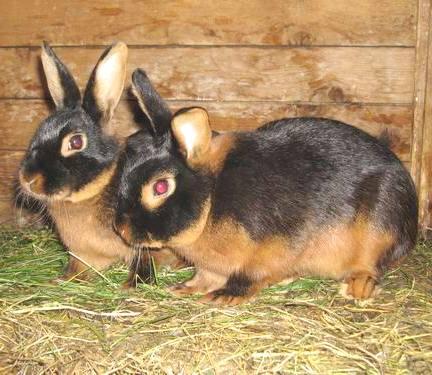
The result of crossing wild rabbits and the Belgian giant breed was a black-fiery appearance. These are beautiful calm animals that are raised for fur and meat. The coloration is uniform, but it can change from generation to generation. The back and head are covered with smooth, high-quality dark fur; on the stomach, near the ears and paws, it gradually acquires a fiery hue.
Advantages and disadvantages
Black breeds are highly regarded in the market. The advantages of breeding are dictated by the recognized merits of the black breed varieties:
- the survival rate is 90%;
- do not require the creation of separate conditions of detention;
- unpretentious in food;
- show high rates of resistance to the types of infections classic for rabbits;
- calm, resistant to stress;
- all varieties have high quality fur;
- have good indicators of okrol;
- gain weight well with proper feeding.
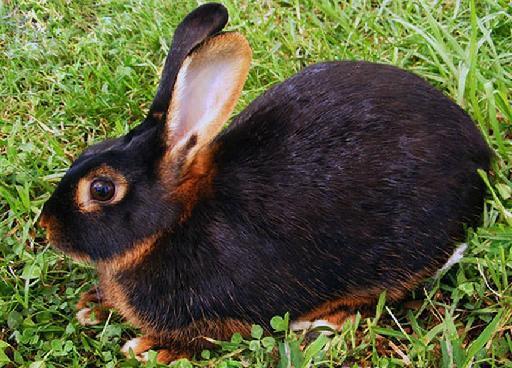
In dark breeds, almost no flaws are recorded. Those who are going to breed black pets to get fur, you need to know that white hairs sometimes appear on black fur, which is a sign of skin marriage. This mechanism is often found in mixed colors.
The subtleties of keeping and caring for black rabbits
The task of the black rabbit breeder is to obtain good quality fur. This feature dictates special content rules. Poor housing conditions result in axial hair loss. The axial hair is stiff, it breaks at the slightest pressure, so caring for the rabbit skin is especially important.
Juveniles go through several stages of molting, starting from 1.5 months of age. Slaughter to get the skin is synchronized with the period when the animal does not shed. Usually, the renewal of wool takes place during the period from March to April. First, the head and paws begin to shed, then the process moves on to the stomach and hips. Females are renewed in 30 days; in males, this process takes 2.5 months.
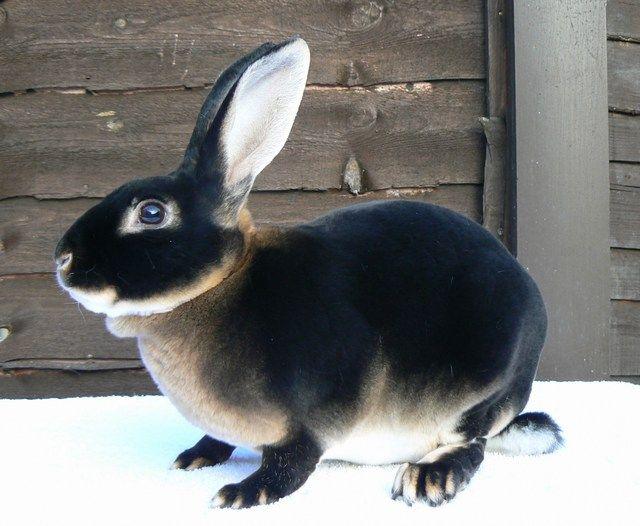
Preserving the quality of fur during molting implies compliance with the rules of care:
- adding a special paste or mixture to the diet that helps remove hair from the stomach;
- use of feed with vitamins;
- shearing with scissors, combing wool.
Care and hygiene are given attention.The cells are cleaned daily, and surfaces are treated weekly with disinfectants. Drinkers and feeders are cleaned every day, the water is changed and the bedding is inspected daily. The acquired pets are vaccinated according to the planned schedule.
Males who are capable of starting fights are kept separately in a two-block cage, where they can rest and stretch their paws.
Attention! Irregular harvesting of cells leads to the fact that the work of the sebaceous gland in pets is disrupted. Dysfunction of the sebaceous gland causes the rabbits to stop washing.
Tips for choosing an animal
Before buying, it is recommended to read the description of the breeds. To find a healthy rabbit, they are guided by the characteristics of the species. A healthy pet weighs as much as its relatives at the indicated age.
It is not advised to purchase rabbits that are kept in poor conditions. In such animals, eating behavior is disturbed or a malfunction of the sebaceous gland develops. Attention is paid to the condition of the coat. The hairline should be smooth, shiny, with hairs of the same length. Purchases are excluded during the moulting period of the animal.
